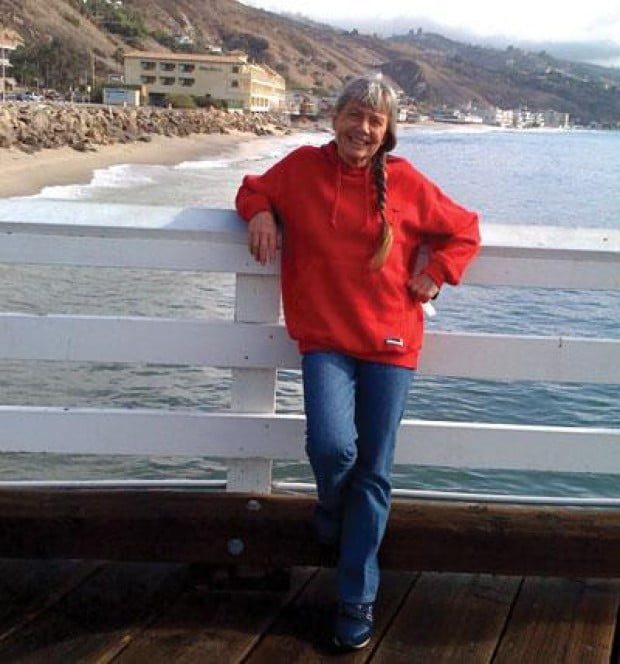
Rosa Jordan’s first book tells the tale of Mary Board who was banished to Australia’s penal colony in 1789, and of how she escaped.
By Valerie Sklarvesky
Far From Botany Bay
By Rosa Jordan
Oolichan Books, B.C. Canada
Rosa Jordan, who for 20 years lived in an artists’ colony on Malibu’s Budwood Ranch, has recently seen her first novel, “Far From Botany Bay,” published in Canada. Based on the story of Mary Board, an Englishwoman sent to the penal colony in Australia in 1789, this is a compelling historical novel that, once begun, is hard to put down.
Why does the story resonate? Perhaps because the challenges Mary Board faced more than 300 years ago are still with us.
True, our legal system does not condemn someone convicted of stealing a few items of clothing or a bit of food to be hanged or transported to the far side of the world with no hope of ever returning. But, as I can attest from my own work with imprisoned women, their lives are filled with boredom, despair and hopelessness. And so it was for Mary Broad.
By the time Mary reached Australia, the 22-year-old had already giving birth to a daughter resulting from rape. She promptly married a fellow convict for protection. During the next two years, his fish and her garden kept them alive while hundreds in the prison colony perished from starvation. Two years into her imprisonment, Mary escaped from Botany Bay. Jordan closely follows known historical details of the escape, but no one really knows how a young, uneducated woman with a toddler and an infant in arms convinced eight men to go with her, let alone how they successfully sailed 3,500 miles in an open boat to a Dutch colony in Indonesia-which they actually did.
Jordan creates a plausible history for Mary that includes former seafaring experience (her father was in fact a sailor and in those days it was not uncommon for mariners to take wives and children with them on long voyages). She is shown as a woman with a practical nature, planning and acquiring what was needed to succeed at such a risky venture, and with finely honed instincts that the men who joined her in the escape apparently trusted. Mary’s thoughts and feelings, necessarily fictionalized, allow the author to imagine the qualities and courage that it takes for any woman at any time in history to take charge of her life and effect her own liberation.
I have known Rosa Jordan since 1991, when we worked together to take medical supplies and other aid from Malibu donors to a Salvadoran refugee camp.
In her non-fiction book, “Dangerous Places: Travels On The Edge,” Jordan brushed over the risks we took on our trips to El Salvador during that war, to tell the story of remarkably brave people who took stands against a military that routinely killed unarmed men, women, children, and religious leaders.
“Dangerous Places” also includes several chapters set in Malibu, one of which describes the loss of Jordan’s Malibu home in the 1993 fire, and subsequent experiences of earthquakes and landslides while living on the beach at Big Rock.
More information about Rosa Jordan’s books can be found at: www.rosajordan.com

